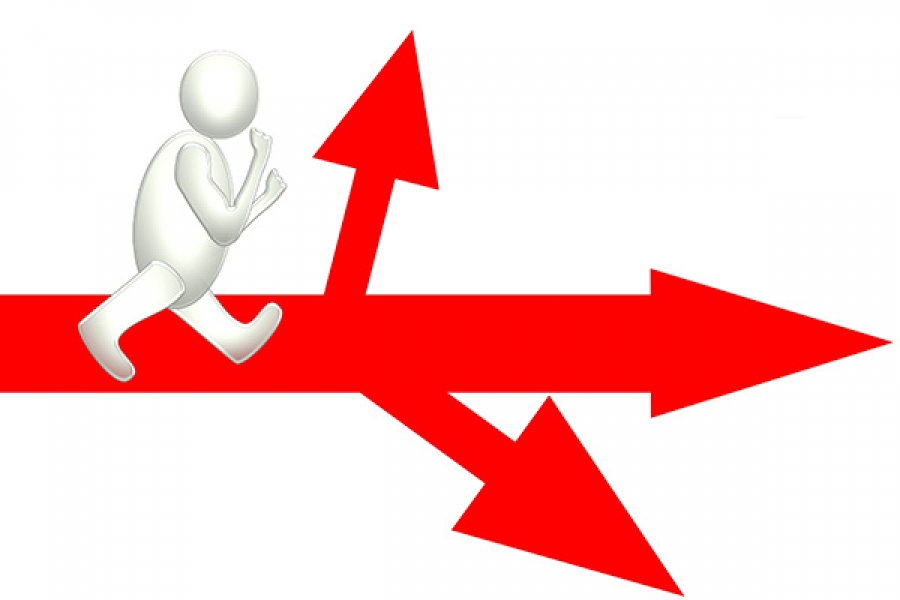Thursday, 29 July 2010 22:25
Where is My Capital?
In bright periods when sales are high, the basic parameters that are important for the company’s health may deteriorate unless they are monitored continuously and very closely. Such deterioration is perceived only if corporate managers follow the parameters in a determined fashion and then the necessary precautions are promptly taken. If the deterioration remains hidden among daily and urgent business, and the necessary measures fail to be taken; invisible and concealed risks and threats will emerge.
Generally speaking, the management of the basic parameters is the same for all companies. Still, for a company that enters an unstable juncture, internal and external factors begin to change rapidly. In such circumstances, securing the continuity of cash flows becomes the most critical issue. This is to the extent that profits, inventory levels and cash flows are adversely affected during unstable periods. Profits and inventory levels are like rubber balls. They may fall, but once they hit the bottom they will go up again. Cash flow on the other hand is like an iron ball. When it falls it damages the floor and never climb back up.
A stagnation of cash flow means the end of a company. In stock markets, companies are evaluated more according to their cash flow positions than according to the profits they generate. In unstable periods of crisis, the company’s balance sheet is more important than its profit and loss account. Determining the company’s minimum cash requirements and tuning the strategy accordingly are very important for ensuring its survival.
It is necessary for a company to possess cash-generating resources and sustain its operations without external support. It is also important to estimate the working capital requirement and to keep it at a minimum level. A company who is forced to obtain external support due to the insufficiency of its cash flow, will increase its borrowing costs and hence its working capital requirements.
When the company comes face-to-face with a crisis, what is done is done. The first task to be achieved in such a case is to increase capital productivity. Reviewing each process and increasing productivity at every point with a view to cut expenses, helps reduce working capital requirements. In short, productivity means reaping the benefits of endeavours. Because in periods of crisis, output, that is sales, decline, everyone needs to work much harder to keep output at least constant.
Productivity is the outcome of investment on humans and on knowledge and is the responsibility of the manager, not the worker. To increase productivity, managers should work on all issues such as capital, resources utilized, time etc. to increase cash flow and reduce the need for working capital.
This is because capital may be in the form of receivables from clients, inventories, expensive machinery and fixed assets. To increase productivity, it is necessary to ask the “where is my capital?” question and to devise a different solution, for each different answer.
















